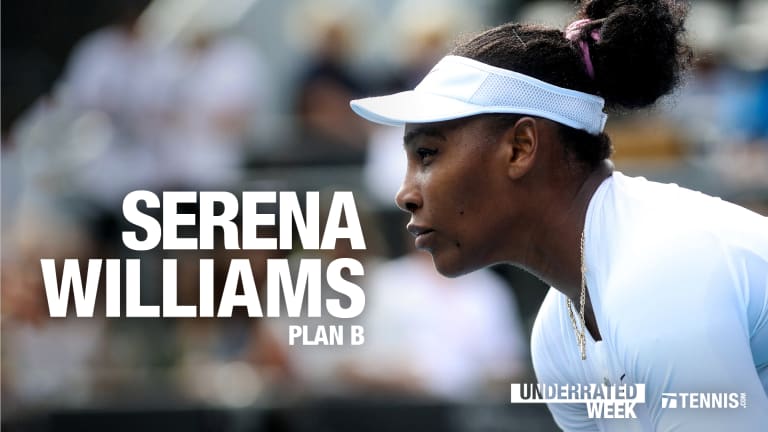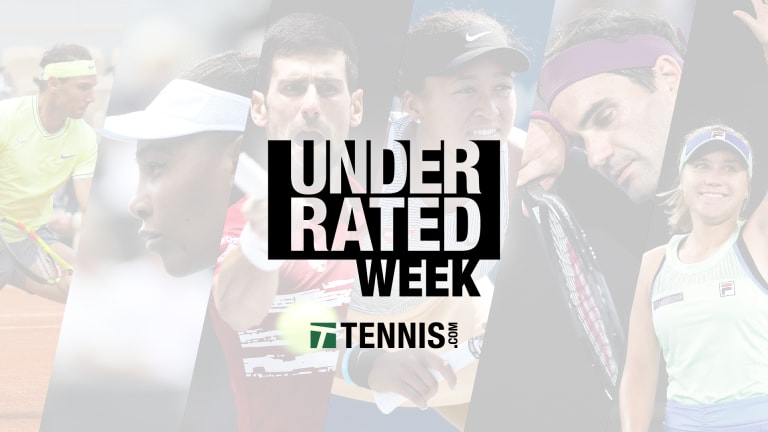Rewatch: Serena Williams' 2013 US Open showed her underrated Plan B
By May 06, 2020Pop Culture
Venus Williams to co-chair 2026 Met Gala with Beyoncé, Nicole Kidman, Anna Wintour
By Dec 10, 20252025 Best Viral Moments
The Internet couldn’t stop talking about Serena Williams in 2025
By Dec 03, 2025Opinion
Whether Serena Williams returns or not, interest and debate will follow
By Dec 02, 2025Player News
Serena Williams signals possible return by rejoining testing pool
By Dec 02, 2025Social
Serena Williams breaks the internet with photos of herself teaching her 2-year-old daughter tennis
By Nov 26, 2025Ranking Reaction
Iga Swiatek becomes just second woman this century to finish four straight years in the Top 2
By Nov 11, 2025The Business of Tennis
Iga Swiatek now has the second-most career prize money in WTA history, after Serena Williams
By Oct 13, 2025Social
Maria Sharapova goes from the Hall of Fame to the practice court
By Oct 06, 2025Social
Serena and Venus Williams to launch 'Stockton Street' podcast on X
By Sep 15, 2025Rewatch: Serena Williams' 2013 US Open showed her underrated Plan B
The 23-time major champion is rightly known for her power and will to win, but she’s not well known enough for her ability to adjust and turn defeats into victories.
Published May 06, 2020
Advertising

Rewatch: Serena Williams' 2013 US Open showed her underrated Plan B
Advertising
Advertising
Advertising

Rewatch: Serena Williams' 2013 US Open showed her underrated Plan B